Wine is one of those products that acquire better and better qualities over time. What is the reason that storage of wine makes it taste better?
Wine is one of the oldest products made by man after the process of processing another product and has existed for centuries. When it was first made it was consumed immediately after the vinification process was completed, because there was no way of long-term storage. It wasn't until people started using glass bottles and corks that they were able to store wine at home. Previously, merchants kept it in barrels from where it was bought. Wines, which up to that point were considered unfit for consumption, because they contained a lot of tannins and acids, are now subject to aging. Aging allows many wines to reach their peak as the flavors in them develop and the tannins and sugars balance out.
How does wine age?
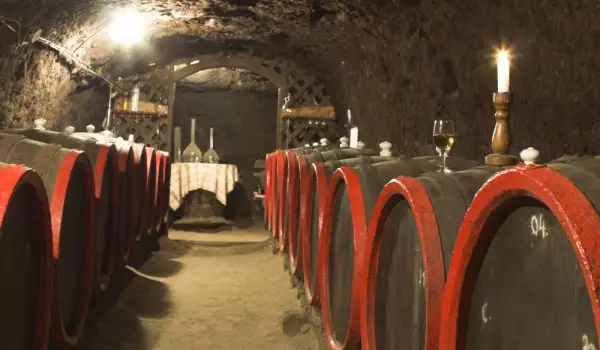
Wine is a mixture of a complex nature, in which chemical substances create other connections with each other, and as a result, components with new colors, aromas and properties appear. This means that as the wine ages the tannins and anthocyanins create a new type of bond. The process continues as the molecules continue to grow, until they begin to settle due to their inability to be in solution. These processes change the wine, its aroma is now more complex and the bouquetof flavors in the wine is formed. They have also changed in color. In the case of red wine, it violet or tile colored at that point. White wines turn from straw yellow to brownish.
Which wines are aged?

Each wine changes individually. Some species reach an apogee more quickly and collapse rapidly afterwards. This is characteristic of white wine varieties. Others, like red Bordeaux wines, reach their peak slowly and slowly lose their shine. These wines are suitable for aging. What aging qualities the wine will have is a wine technologist's decision. It also depends on the varieties, the age of the vineyard, the climate in which the crop grows and others.
Which varieties have the ability to age?
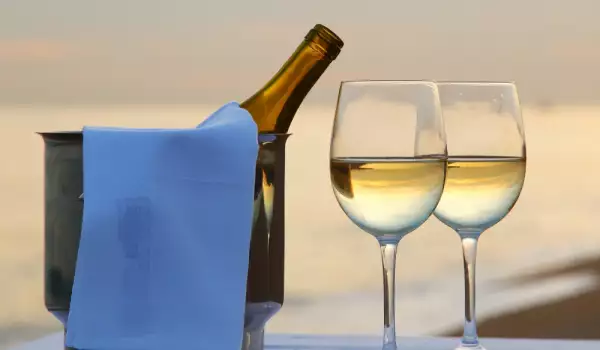
There is an opinion that the more the wine ages, the more its qualities improve, but this is not true. Most wine varieties are consumed young, 1-2 years after they are produced. Red wine varieties have an aging potential and what it will be is determined by production technologies and the variety itself. Cabernet Sauvignon, Syrah and Nebbiolo have better aging potential compared to Merlot and Pinot Noir.
Usually, the white variety of wine does not age. It is drunk 1-2 years after it is produced. However, there are quite a few exceptions - some types of Chardonnay that are aged in oak barrels develop a very wide range of aromas after aging for a long time. Some dessert white wines Riesling and others have potential, if subjected to this practice.
Sparkling wines can also age. With this type of wine, as it ages it develops aromas of butter, toast and dried fruit. These aromas are possible with wine that ages in bottles.
The right moment to open a wine is often missed. Tasting new wines from different varieties gives opportunities to compare and to come to know which wine is better to open now and which should be left to age.
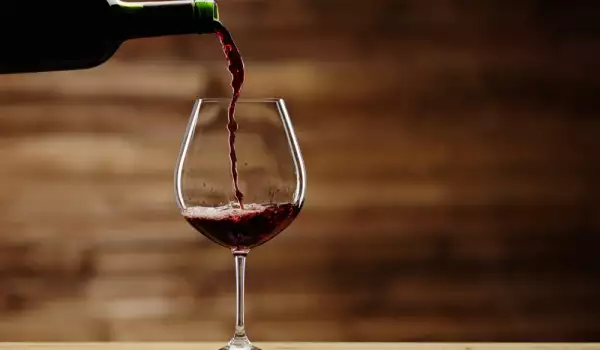
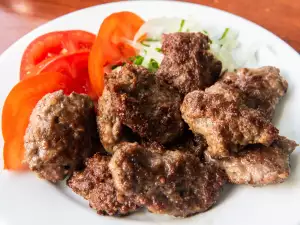

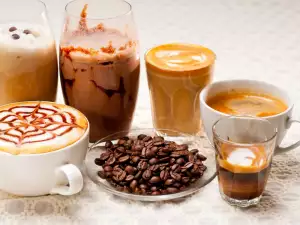
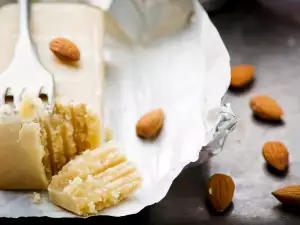
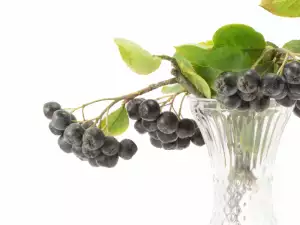

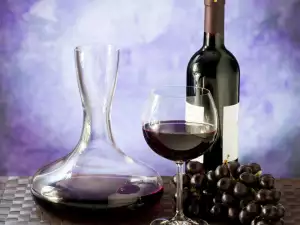
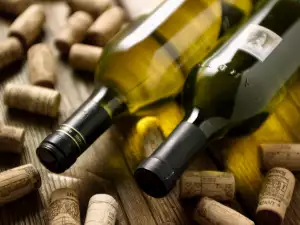
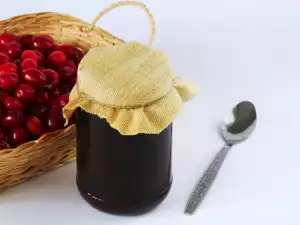
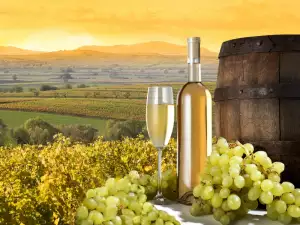


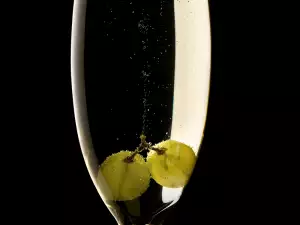
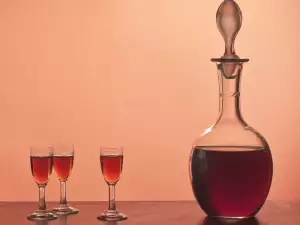
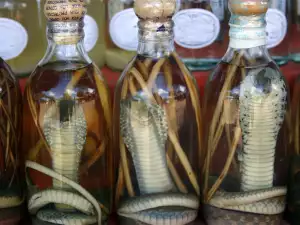




Comments